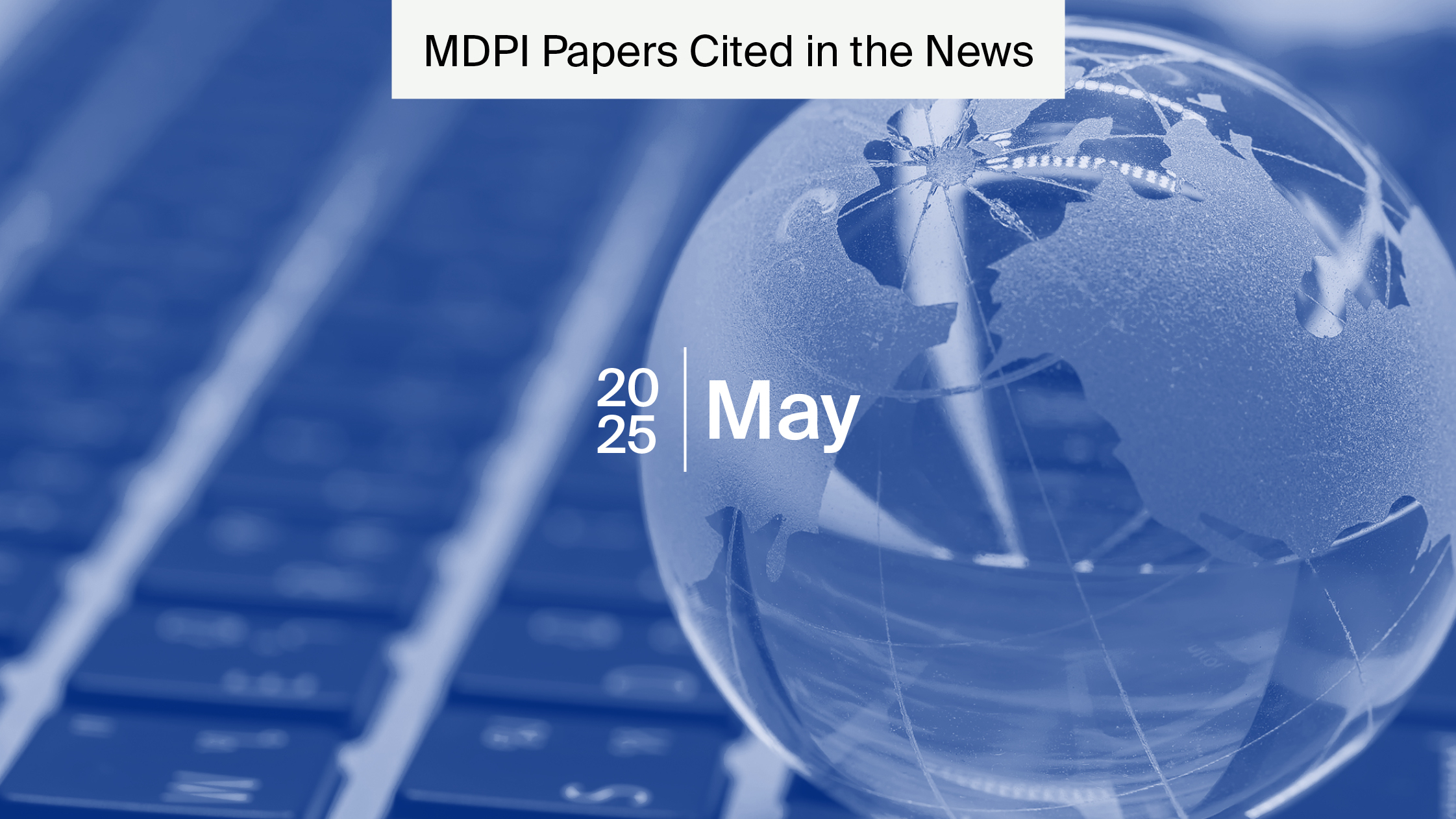
One Million Articles: A Milestone for Open Access
In December, 2022, MDPI became the first open access publisher to publish 1 million papers.
With over 4 billion article views and downloads, MDPI has had a far-reaching influence on researchers across the globe. This is reflected in the 8.5 million citations it has received since it was founded, showing its high impact in the academic community.
Here, we take a brief look at the journey to MDPI’s millionth paper, as well as the importance of open access publishing in the modern world.
Open access
From its first to its millionth paper, the central tenet of MDPI is to remove all barriers to high-quality research. With most research being behind paywalls, access to reliable, peer-reviewed studies is limited.
The need for the open access model is becoming more and more evident, with viruses, climate change, etc., demanding collaborative and individual action. The US recently announced that, as of 2026, all federally funded research will be made publicly available, stating that “openness in science is fundamental”. The research of Horizon Europe, an EU research initiative, and its predecessor has also been made available through Open Research Europe.
We see the importance of openness across the globe: research accessible to academic communities differs significantly from country to country. Global South countries are particularly affected by these obstacles. This means that low-income countries have less high-quality research to make well-informed policy decisions, widening the disparity.
This is of paramount importance in, for example, the fight against climate change, where collective action is necessary. Open access (OA) breaks down barriers between researchers, facilitating multinational collaboration and the ability to coordinate responses to global threats.
Free access to state-of-the-art research means that companies can update their practices, allowing them to become more profitable and sustainable; educators can better serve the needs of students, and update their classroom policies and syllabi; and the general public will be more knowledgeable on issues once only addressed by students and scholars, allowing them to make more informed decisions in their personal lives.
With over a million papers, MDPI have wholly committed to openness in research.
History of MDPI
From an archive to the world’s largest open access publisher, here we present a timeline of the major milestones in MDPI’s journey, all the way up to its millionth paper.
Molecular Diversity Preservation International
In 1996, Molecular Diversity Preservation International was founded in Basel, Switzerland. It initially served as an archive of chemical samples available to the academic community. In the same year, Molecules was launched, a monthly electronic journal in the field of chemistry.
International Journal of Molecular Sciences (IJMS) and Entropy released their inaugural issues in 2000, with two Nobel laureates serving on each journal’s editorial board. Molecules also published its 500th paper.
By 2005, four more journals had been launched, including International Journal of Environmental Research and Public Health (IJERPH) and Sensors. A two-tier publication system was also introduced, giving authors the option to publish via a subscriber-only model. This point in time marks ten years since the inception of Molecules.
MDPI papers started to be edited in-house, standardized across all journals, in 2006. A fully open access policy was adopted, scrapping the two-tier system after several months.
In 2007, the first two editorial staff members were hired for IJMS and Sensors. As assistant editors, they oversaw the publication process and were responsible for getting articles peer reviewed. With three new journals planned, slight profits were starting to be made through the OA publishing model, proving that traditional models aren’t the only option for academic publishers to succeed. Also, MDPI underwent several technological advances, most notably the beginning of work on its online publication system.
2008 saw MDPI journals expand, publishing 1124 papers and several Special Issues, with more editorial staff also being hired. The domain www.mdpi.com was bought, with the new publication system being released later in the year. Three more journals launched inaugural issues, with three more planned.
Twelve new journals were published in 2009, doubling the number of MDPI journals. A total of 2332 papers were published, which is more than double that of the previous year.
Multidisciplinary Digital Publishing Institute
MDPI became Multidisciplinary Digital Publishing Institute in 2010, with publishing becoming its main focus. The publication system was refined, and a second version was released, which significantly increased efficiency. Ten new journals launched, with 4103 papers published.
SuSy—MDPI’s manuscript submission system—was introduced in 2011.
In 2012, 100 people were employed by MDPI across two offices, and 21,000 papers had been published up to this point. The following 10 years would see this number increase by 979,000 to the million milestone.
In March 2013, an office was opened in Wuhan. The majority of impact factors grew, and many journals were indexed.
By 2015, 84% of MDPI’s content was indexed in Web of Science. It was also recognized as having some of the fastest publication times in the industry, with a median time of 69 days from submission to publication.
The year of its 20th anniversary, 2016 saw MDPI’s biggest output yet, with 23,500 papers published in this year alone. Many more journals were launched, and two new offices opened, reaching 454 employees. More than 90% of content was indexed in Web of Science at this point. The Preprints service was also launched.
In 2017, MDPI became the leading open access publisher in terms of the number of papers published. The total number of papers surpassed 100,000, with just less than 40,000 published in this year alone. The workforce more than doubled, with the number of full-time employees reaching 1000.
By 2020, nearly half a million articles were published, with many more employees, journals, and offices globally.
In 2021, the year of its 25th anniversary, MDPI launched 84 new journals. The number of full-time employees reached 5700, and the total number of articles published surpassed 715,000.
One millionth paper
This brings us to 2022, when MDPI’s millionth paper was published in Molecules. Entitled “Desorption of Ammonia Adsorbed on Prussian Blue Analogs by Washing with Saturated Ammonium Hydrogen Carbonate Solution”, and written by the authors Dr. Hatsuho Usuda, Yoshie Mishima, Dr. Tohru Kawamoto, and Kimitaka Minami, this paper represents a huge milestone for MDPI.
A reflection of the desire to break down barriers, MDPI now has offices spread across 11 countries, with more than 600,000 expert reviewers, 66,000 editorial board members, and 6700 full-time employees, who were instrumental in reaching the million milestone.
From here, MDPI aims to continue publishing high-quality research that is freely accessible and looks to expand into other fields of study. On top of the 403 journals reached last year, 17 more have already been launched as of January, 2023. If you want to learn more about how to submit a paper, we have a handy guide for you to review.










